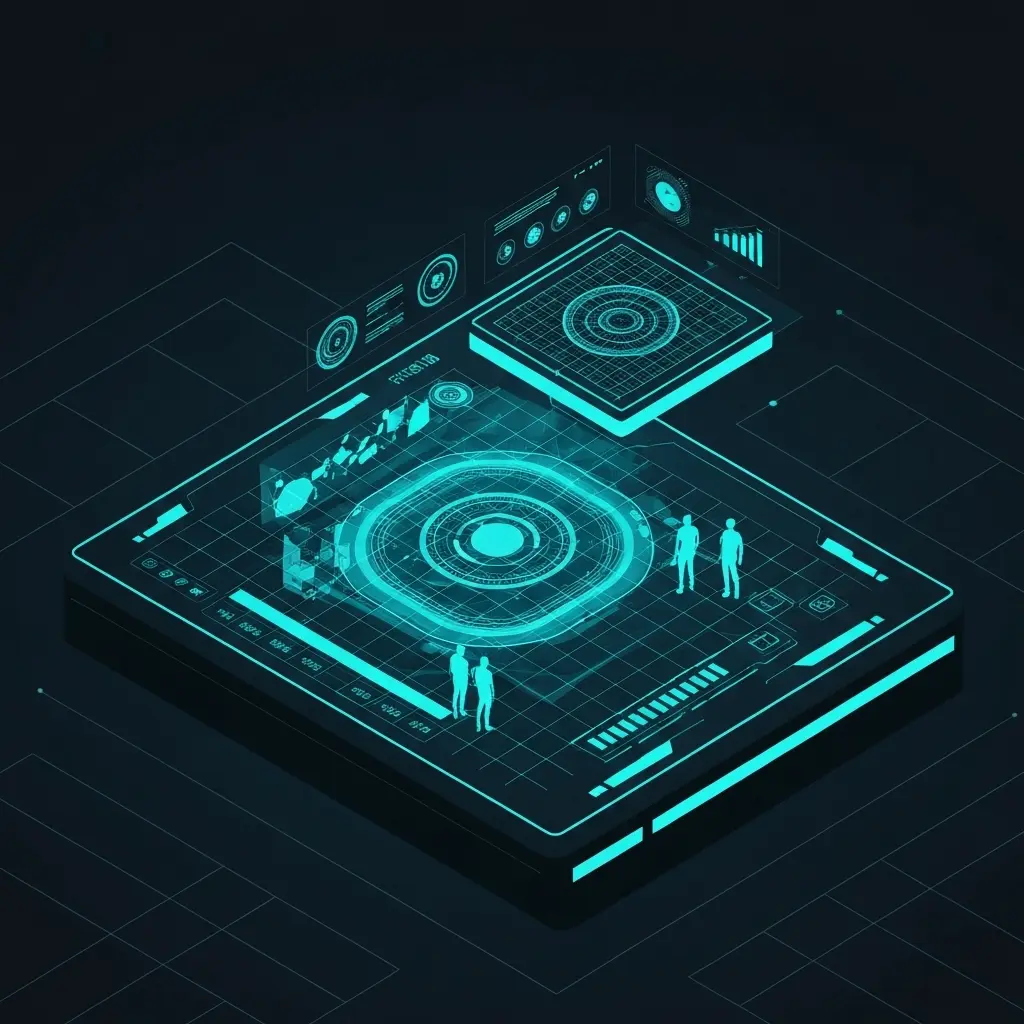The worlds of Augmented and Virtual Reality represent the next great frontier for user interfaces. For those of us who have spent our careers building for the web, the ambition to create for this new spatial medium is a powerful one. However, the journey from the familiar, productive ecosystem of the web to the nascent world of AR/VR is often filled with unexpected friction.
As a web developer who has recently made this leap, I've identified five core frustrations that are common for those of us transitioning from a 2D workflow to a 3D one.
1. The Shattered Workflow: Losing the Instant Feedback Loop
Modern web development is defined by its speed. With tools like Vite and Hot Module Replacement (HMR), the loop between changing a line of code and seeing the result in the browser is nearly instantaneous. We are accustomed to a fluid, real-time creative process.
This workflow is the first casualty when moving to spatial development. The new cycle often becomes:
- Tweak code in a desktop editor.
- Wait for a potentially slow build and compile process.
- Deploy the app to a physical headset or a heavy simulator.
- Put on the headset to view the change.
This "code-compile-test" loop can turn a process that took seconds on the web into several minutes. This isn't just a loss of speed; it's a fundamental break in the creative flow that cripples rapid iteration and experimentation.
2. The Knowledge Cliff: From the DOM to Linear Algebra
The mental model for the web is the Document Object Model (DOM)—a structured, hierarchical tree of elements. We think in terms of boxes, flexbox, and grids.
Spatial computing requires a completely different mental model, one based in a 3D Cartesian coordinate system. Suddenly, concepts that were abstracted away on the web become front and center: vectors for position, quaternions for rotation, meshes for geometry, and shaders for appearance.
For many web developers, this requires learning a new branch of mathematics and computer graphics just to perform basic layout tasks.
3. The Toolchain Chasm: Leaving a Mature Ecosystem
The web development ecosystem is a mature, interconnected marvel of open-source tooling. We live in our lightweight code editors like VS Code, manage packages with npm, and leverage countless libraries to solve common problems.
Entering the world of native AR/VR development often means leaving this familiar ecosystem behind. The primary tools are often large, monolithic game engines like Unity or platform-specific IDEs like Xcode.
While incredibly powerful, these tools represent a completely different paradigm, with new languages (like C# or Swift), new UI conventions, and new workflows that can feel isolating and complex to a developer accustomed to the web's modularity.
4. The Hardware Paradox: Powerful but Limiting
Today's AR/VR headsets are technological marvels. However, for a developer using them as a primary work device, their physical limitations quickly become apparent.
The weight, heat, and eye strain associated with current-generation hardware often limit productive sessions to an hour or two. This creates a paradox: the platform you are building for is often too uncomfortable to use for the sustained periods of deep work required to build on it.
This forces developers back to less-accurate desktop simulators, further contributing to the broken workflow.
5. The Fragmentation Problem: A House Divided
On the web, we build for a single, universal standard. While browser differences exist, the goal is a unified experience.
The AR/VR world is currently a set of powerful, competing, and often incompatible "walled gardens." The APIs, interaction models, and design guidelines for Apple's visionOS are fundamentally different from those for Meta's Quest platform.
This forces developers into a difficult choice: build for one platform and ignore a huge part of the market, or commit to the massive overhead of building and maintaining two separate applications.
A Path Forward
These frustrations are real, but they are not insurmountable. They are the natural growing pains of a new technological frontier.
As I encountered these problems myself, I began to wonder: what if there was a tool that brought the best parts of the web—the fast feedback loop, the declarative component model, the zero-setup accessibility—to the world of spatial computing?
That question led me to start experimenting with a project called StateLayer—a web-based tool for rapidly prototyping spatial UI. It's not a complete solution, but rather a small step toward bridging the gap between the productivity of web development and the challenges of AR/VR.
The future of the spatial web will be built by thousands of developers. By identifying and solving these core frustrations, we can create a path for the millions of skilled web developers to bring their talent and creativity to this exciting new world.
